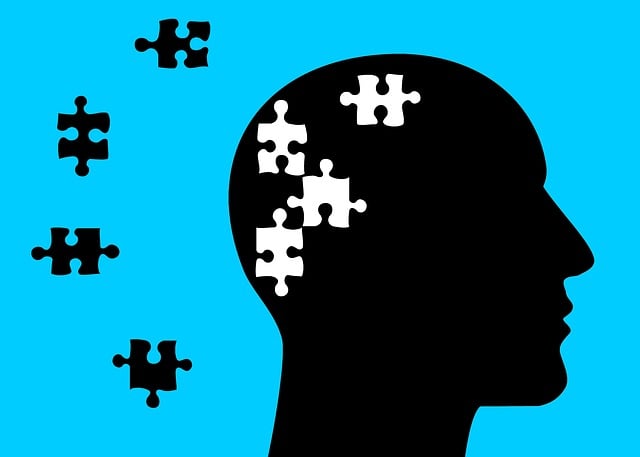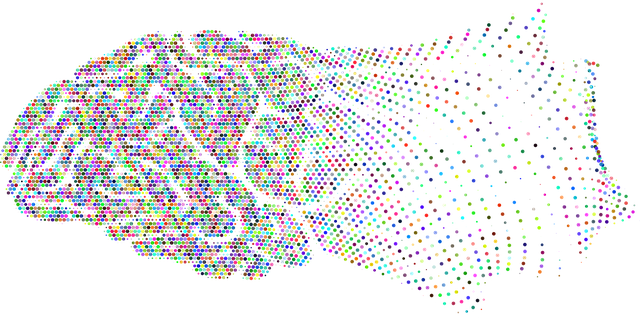Evaluating Therapy for Adults Mindfulness programs requires a comprehensive approach using both quantitative and qualitative methods. Standardized assessments, self-reported questionnaires, and observational techniques measure tangible outcomes like stress management, anxiety, and depression improvements. Participatory methods, including interviews and focus groups, delve into individuals' experiences, perceptions, and personal transformations facilitated by mindfulness exercises. Longitudinal studies provide insights into the lasting effects on daily functioning and quality of life. Combining these approaches offers a holistic view of program effectiveness, ensuring accurate assessment from multiple perspectives.
Mental wellness program evaluations are crucial for understanding the impact and efficacy of interventions like therapy for adults mindfulness programs. This article explores effective evaluation methods, focusing on assessing the efficacy of such therapies. We discuss participatory approaches that engage participants in the evaluation process and emphasize integrating quantitative and qualitative data for a holistic view. By examining these strategies, we aim to enhance our understanding of how mindfulness programs benefit adult participants.
- Assessing the Efficacy of Therapy for Adults Mindfulness Programs
- Participatory Methods in Mental Wellness Program Evaluations
- Integrating Quantitative and Qualitative Data for Comprehensive Insights
Assessing the Efficacy of Therapy for Adults Mindfulness Programs

Evaluating the efficacy of Therapy for Adults Mindfulness programs is a multifaceted process that goes beyond mere participant satisfaction. It involves measuring concrete outcomes related to mental health and well-being. Standardized assessments, self-reported questionnaires, and observational techniques can gauge improvements in stress management skills acquired through workshops and practices like mindfulness meditation, breathing exercises, and body scans. These methods help quantify changes in anxiety levels, depression symptoms, and overall psychological distress.
Furthermore, assessing the impact of these programs includes exploring enhanced self-awareness exercises and social skills training. Observational data from group interactions can reveal improved communication, empathy, and emotional regulation during Stress Management Workshops Organization sessions. Longitudinal studies tracking participants over time also provide valuable insights into the lasting effects of mindfulness practices on daily functioning and overall quality of life.
Participatory Methods in Mental Wellness Program Evaluations

In mental wellness program evaluations, participatory methods offer a dynamic approach, actively involving individuals in the assessment process. This method facilitates a deeper understanding of participants’ experiences and perceptions, particularly in therapy for adults with mindfulness practices. By engaging clients as partners in research, evaluators can gather rich qualitative data through interviews and focus groups, allowing for nuanced insights into the impact of programs addressing issues like depression prevention. Participatory techniques also enable the exploration of barriers and facilitators to mental health improvement, providing valuable feedback for program refinement.
For instance, incorporating conflict resolution techniques and stress management strategies as part of these evaluations can offer a holistic view of participants’ well-being. This two-pronged approach ensures that both the effectiveness of interventions and individuals’ coping mechanisms are considered. Such participatory practices not only enhance the accuracy of program evaluations but also foster a sense of agency among participants, encouraging active engagement in their mental wellness journey.
Integrating Quantitative and Qualitative Data for Comprehensive Insights

In evaluating mental wellness programs, particularly those focusing on therapy for adults and mindfulness practices, a comprehensive approach involves integrating both quantitative and qualitative data. Quantitative methods, such as surveys and statistical analyses, provide objective metrics on program effectiveness. These can measure key outcomes like participant satisfaction, symptom reduction, and adherence rates. Qualitative techniques, including interviews and focus groups, offer deeper insights into individual experiences and subjective feelings. Participants can share their personal journeys, highlighting the impact of mindfulness exercises and self-awareness activities on their mental health.
This dual-methodology is powerful in unearthing a more nuanced understanding of program benefits. For instance, quantitative data might reveal an average improvement in stress levels, while qualitative feedback could expose specific communication strategies or aspects of healthcare provider cultural competency training that significantly enhanced participants’ self-awareness exercises and overall well-being. Integrating both perspectives allows for a more holistic evaluation, ensuring that the program’s effectiveness is assessed from multiple angles.
Evaluating mental wellness programs, particularly those centered around Therapy for Adults Mindfulness, requires a multifaceted approach. By combining quantitative data from surveys and metrics with qualitative insights gained through participant feedback, we can achieve a comprehensive understanding of program efficacy. This dual method not only identifies strengths and areas for improvement but also ensures that the unique voices and experiences of program participants are heard. As these evaluation techniques become more integrated, mental wellness initiatives can evolve to better serve individuals seeking mindfulness-based support.














